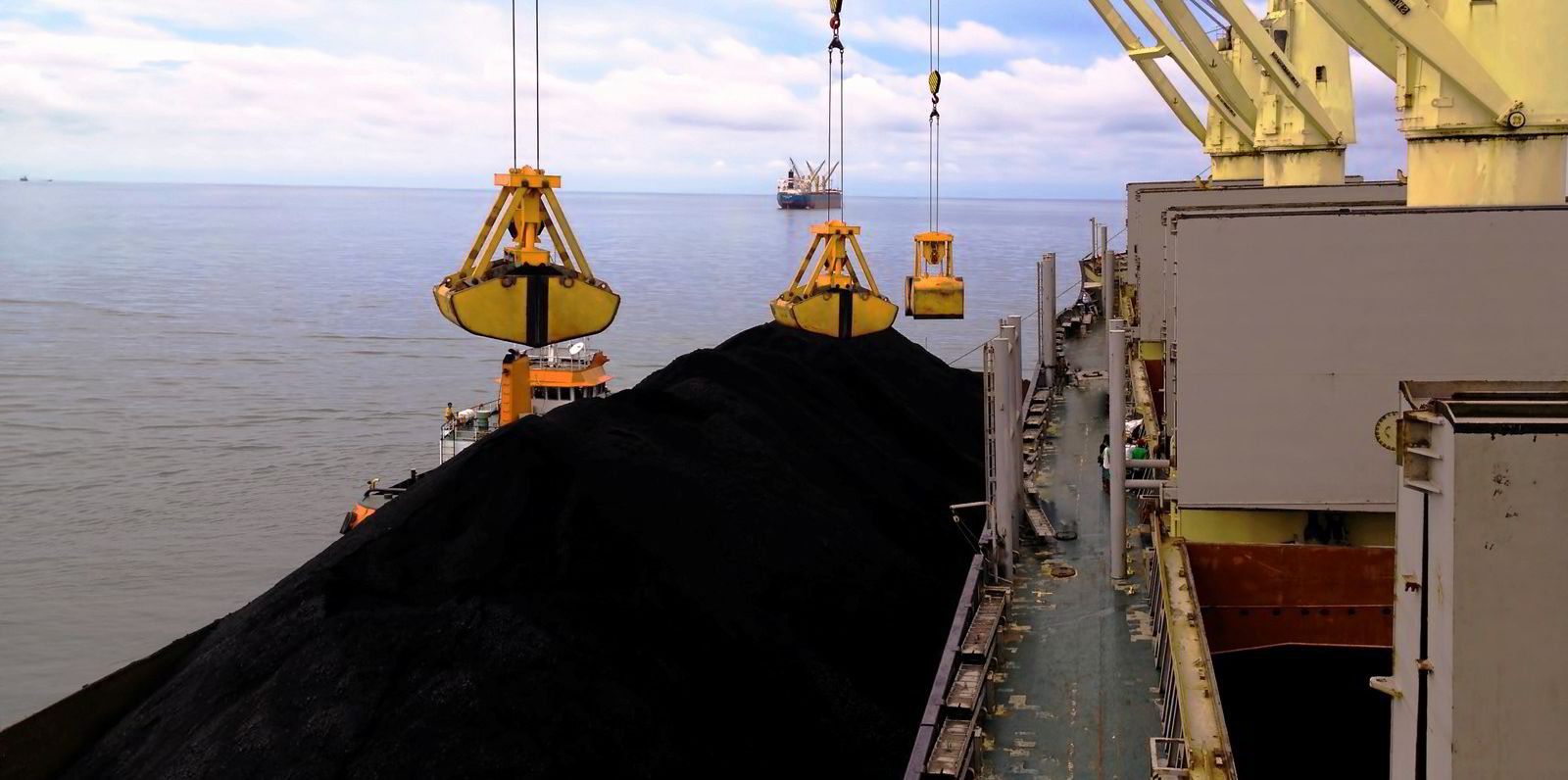China’s imports of coal have surged this year on the back of the country’s economic recovery after Beijing’s strict zero-Covid policies last year.
Total seaborne coal imports into China in the five months of 2023 reached 138.8m tonnes, according to Refinitiv vessel tracking data.
This was up 93.4% year-on-year from the 71.8m tonnes of 2022, and 47% from the 94.3m in 2021, and also 22.6% above the 113.2m tonnes imported in 2020.
“The year started in line with previous years and much stronger than 2022 with January and February imports at 23.6m and 21.8m tonnes respectively,” said Italian broker Banchero Costa.
“From March coal imports into China started booming with a month-on-month increase of 45.6% to 31.8m tonnes, the strongest monthly record in at least five years.
“In April imports were only marginally lower at 30.4m tonnes, down 4.4% month-on-month and 64.7% year-on-year. In May imports increased again to 31.3m tonnes, 3% higher than in April and 113.6% higher than May 2022,” the broker added.
Around half of coal volumes into China are loaded on panamax and post-panamax vessels, with 27.2% on supramax and ultramax vessels and just 19% on capesize tonnage, Banchero Costa said.
Indonesia is still by far the top supplier of coal to China accounting for 55.2% of China’s imports in the first five months of 2023, while volumes were up 83.7% year-on-year to 76.7m tonnes compared to the same period in 2022.
Banchero Costa said Russia has become the second largest supplier of coal to China, accounting for a 23.4% share of Chinese imports.
“Shipments from Russia to China increased by 117.7% year-on-year to 32.5m tonnes between January and May 2023, from 14.9m tonnes in the same period of 2022,” the broker said.
“On a monthly basis, volumes from Russia to China reached an all-time record of 7.4m tonnes in May 2023, up 130.9% compared to the monthly average of the previous five years.”
Australian supply is now back and the third largest supplier of coal into China with a share of 10.4% and 14.5m tonnes in the first five months of the year, up 1,262.3% compared to the same period last year.
Despite the growth in China’s coal imports, Maersk Broker said that uncertainties remain due to potential bearish and bullish factors, including manufacturing and construction momentum and infrastructure spending.
“Apart from the anticipation of further economic recovery, seaborne coal prices have reached month lows and imports are being propped by reduced hydropower output in the country yet imports going forward are seen falling in the next few months as inventories remain at sufficient levels,” the Danish broker added.





